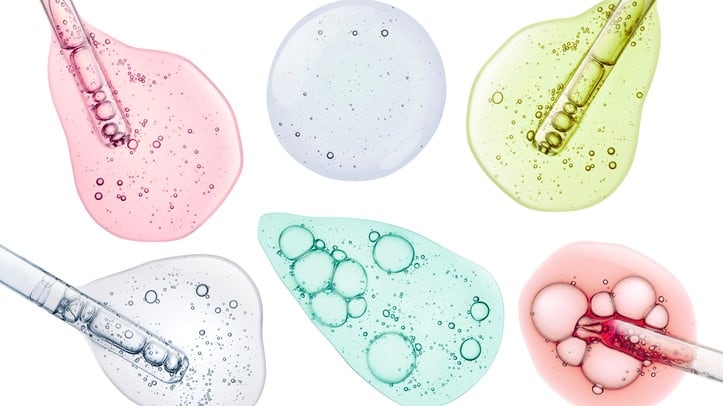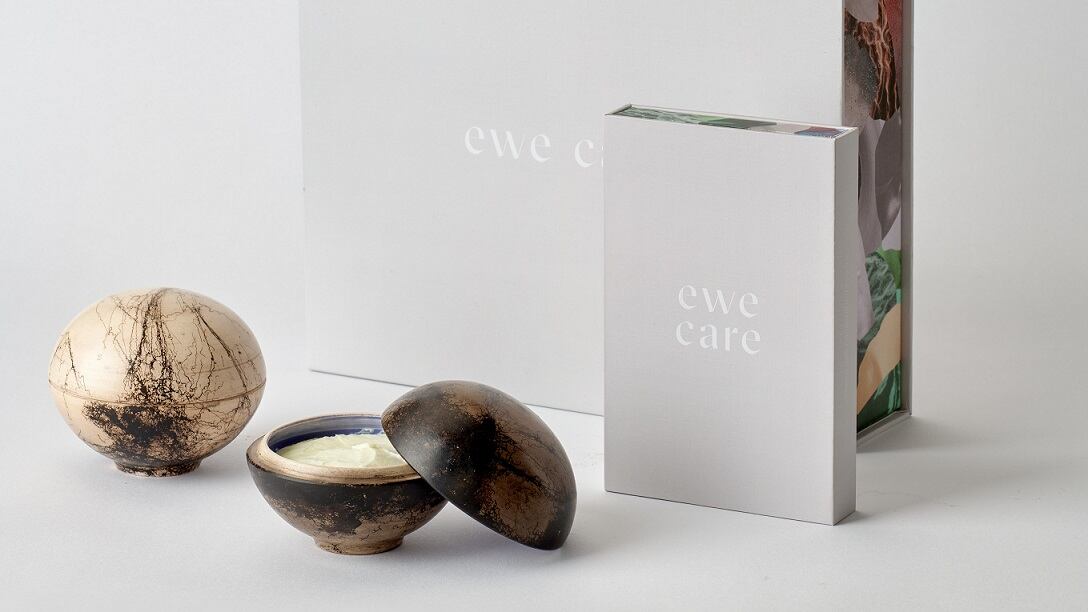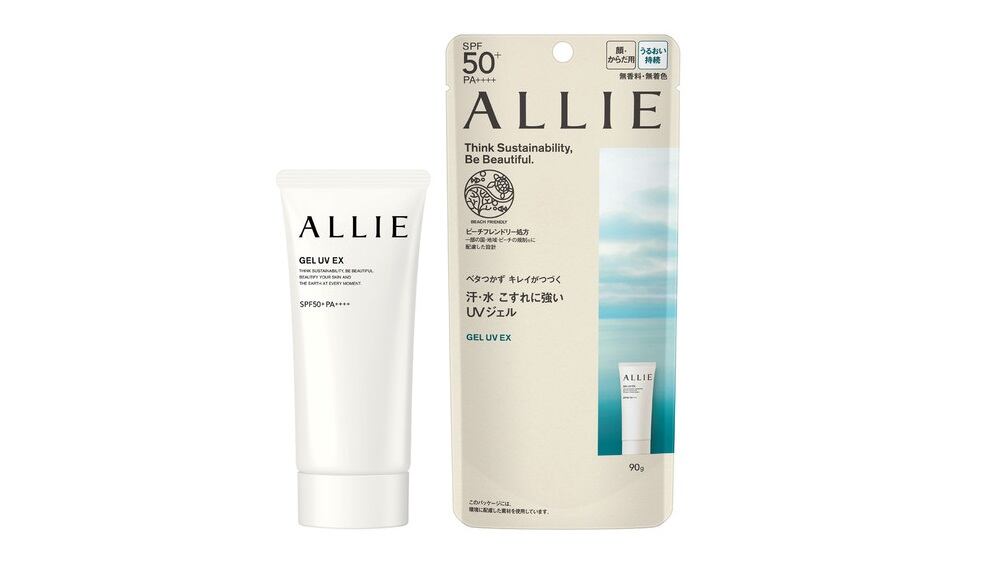Botanical jigsaw puzzles
Beauty consumers love all things natural, but they also want products that work. This has created a tremendous demand in the market for highly effective botanicals.
However, it is extremely difficult to create a botanical extract that can outperform the efficacy of synthetically produced actives, said Andrea Taimana, the founder and chief scientific officer of Kiwi firm Organic Bioactives.
“When we start to isolate certain compounds from botanicals, they might not even perform anymore, because botanicals are live organisms. It’s like the human body – There are vitamins, minerals, hormones, neurotransmitters, and everything must work in alliance with each other. You just can't isolate something like a red blood cell and expect it to work independently.”
For years now, Taimana has observed the vitality of wild-harvested plants, noting their superior size, among other qualities.
“For example, you can see leaves in the New Zealand pine forest that are triple the size. It’s unbelievable. So, we thought about how we can create a synchronised alliance to achieve a high level of bioactivity through wild harvesting.”
To put it simply, the company has been studying how they can extract compounds from different plants and combine them to create a highly effective active that can trump synthetically produced actives.
In order to work out this botanical jigsaw puzzle, Organic Bioactives has been working with local harvesters in the Maori community to cultivate selected plants in groups together in order to observe how they support or elevate each other.
The company has been conducting research on a variety of different native plants to pine trees and black ferns to native Centella asiatica and learning how they worked in synchronicity with each other.
The company has received a government grant that supports projects that combine science with traditional knowledge.
“The main purpose for that research is to create a synchronised alliance of bioactive plants is to address the disrupted skin biome,” Taimana told us.
“We want to develop a product that will replace like mineral petrolatum, products that are synthetically produced and usually used to protect the skin biome of irritated skin rosacea prone skin, skin that can't use bioactive is because it's too reactive.”
Flavonoids: The next level
Flavonoids are not a new ingredient in beauty, but we are just beginning to scratch the surface of their potential in cosmetics.
The interest in flavonoids stems from the increasing attention it has gained in the nutraceutical, medicinal and therapeutic, pharmaceutical fields.
“Research into phytonutrients has been rising exponentially since the 1990s. One of the most promising classes of phytonutrients is the class known as flavonoids which contains hundreds of different compounds,” said Dr Evan Stephens, lead biotechnologist of Australian ingredient firm Native Extracts.
Flavonoids have been shown to have positive effects on metabolic processes within our cells and support our bodies’ capacity for regeneration and repair.
“Some of these flavonoids are very potent anti-inflammatories. That’s really good because increasingly, we're seeing inflammation as an issue in a lot of people, whether that's from poor diets, or lack of exercise, or lifestyle aspects, or environmental aspects.”
Lisa Carroll, director of Native Extracts added that inflammation was increasingly becoming a significant skin care concern.
“On a cosmetic level, inflammation is related to your skin barrier. We see inflammation becoming quite big in the skin care space because we're seeing a lot of sensitisation and skin reaction to products that cause issues with skin.”
She elaborated: “What we're really seeing today is that we are bombarded with free radicals. We're under attack all the time, whether it's from our environment, or our diets, or stress. If our bodies are in an oxidised state, this is where we need these sorts of compounds to support our function of cellular functions.”
Native Extracts was closely studying anthocyanin and quercetin, which are among the most researched flavonoids with around 30,000 scientific studies on each.
In particular, the firm has been studying the presence of anthocyanin and quercetin in native Australian botanicals, such as the Queen Garnet Plum, Mountain Pepper Berry, Quandong and the Emu Apple.
Stephens explained that it studied these raw materials to find a combination of natural compounds that worked together. For instance, Queen Garnet Plum has both quercetin and anthocyanin.
“The most important synergy is really to have the aqueous or the water-soluble flavonoids working together with the more fat-soluble membranes.”
Carroll added: “In terms of flavonoids what we are really interested in is that entourage – these combinations of natural compounds that work together because that synergy is so important.”
In recent years, there have been studies that have focused upon topical applications and the skin’s capacity to absorb specific flavonoid compounds into the epidermal and dermal layers to support skin health.
“In terms of what's next, it is really to start to look at the different types of flavonoids and the different individual flavonoids within the different classes… That’s where I believe a lot of the new research is going to be focused. Just because we’ve started with quercetin doesn’t mean it’s the best one,” said Stephens.
Upcycled concentrates
By now it should be obvious that highly effective botanical ingredients are the future of the natural beauty market.
However, with increasing awareness of sustainability, consumers are aware that going natural may not always be the more environmentally-friendly choice.
Sanam is a Colombian company that has utilised coffee cherry waste into a highly concentrated ingredient with protective properties called Naox Derma.
“It’s a great example of true upcycle innovation. The reality is that 60% of the coffee cherry is waste biomass. They extract the bean and bulldoze the rest of the fruit off to the side – and this is a polyphenol rich fruit,” said Jeff Avila, the managing director of Flora Reserve, the distribution partner of Sanam.
While the ingredient is already present in the nutraceutical space, the company is trying to break into the cosmetics market.
Avila told CosmeticsDesign-Asia that because of its high concentration, such ingredients would likely have rich and dark colours which he admitted may seem daunting to formulators.
However, he predicted that concentrates would garner more interest in the cosmetics market moving forward.
“It’s no longer about finding a trendy ingredient and sprinkling fairy dust so we don’t ruin a perfectly white cream. There’s this movement where consumers are realising the good phytocompounds are rich in colour, so we are seeing more and more formulas bringing some of that like higher concentrations of the botanicals into the market.”
This, he believes, opens the market up to a new avenue of innovations and the industry could start to explore other food by-products.
“This could really open the door to really rich concentrates finding a home in skin care formulations. Not necessarily in every application, but I think this is going to be a new area of research.”
Avila added that such highly concentrated superfood actives could have strong potential in the Asian beauty market.
“Whether you're talking about South East Asia, Korea, China, there’s a strong heritage of using herbals and botanicals. And there are a lot of Asian superfruits. If you look at India, we have things like the amla berry… There's a really strong tradition of using these ingredients, which I think I think sort of lends itself to an acceptance or at least an interest in trying new botanical actives.”





